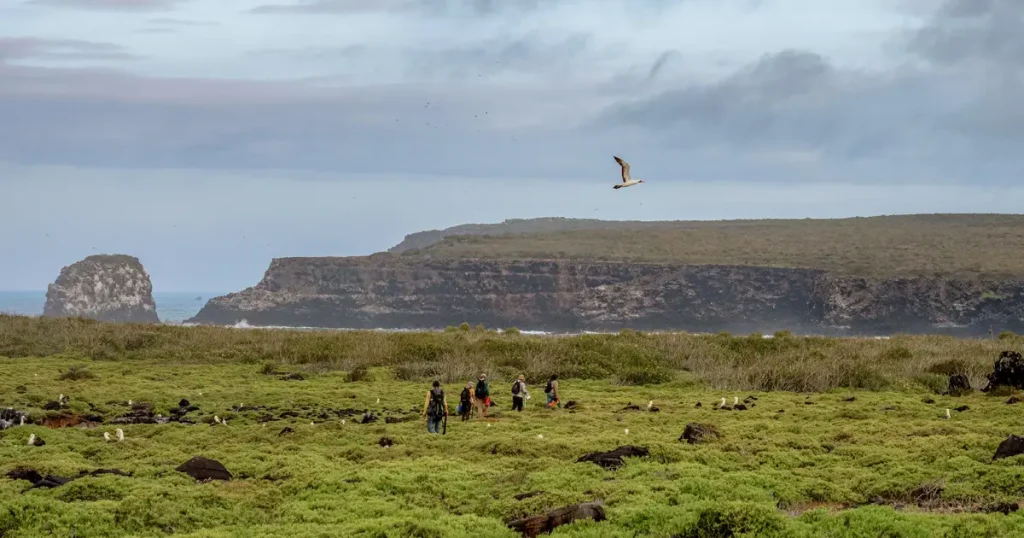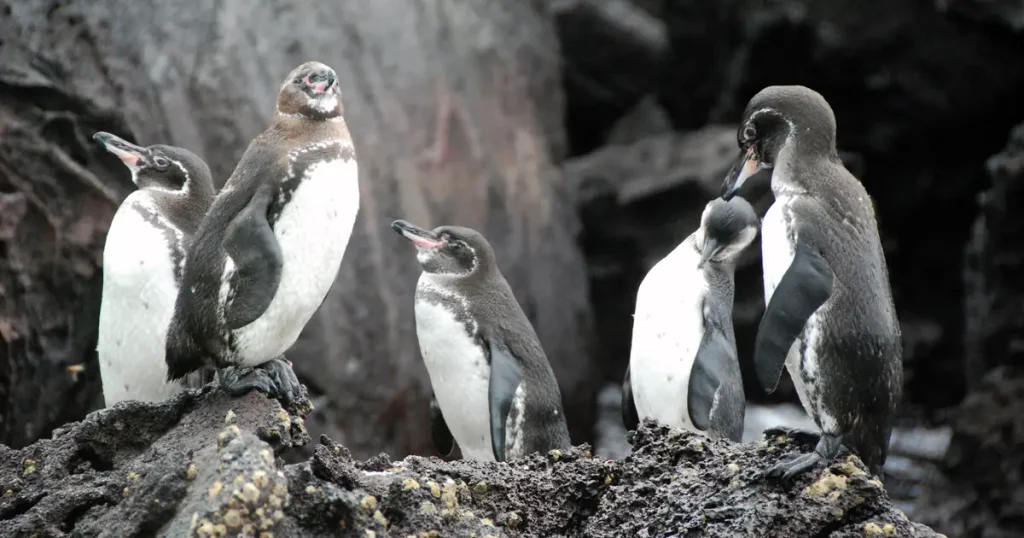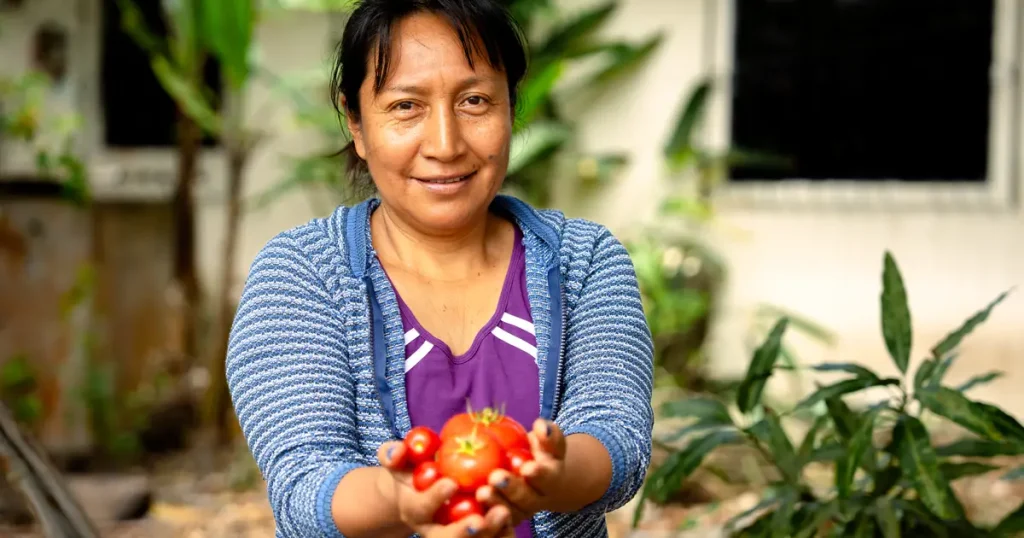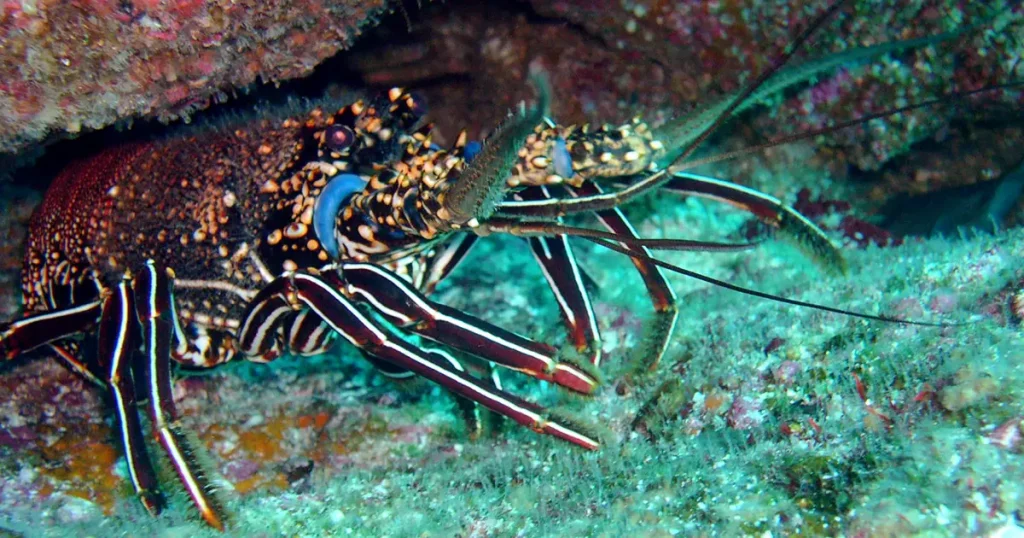Collaboration in Conserving Isabela Island’s Wildlife
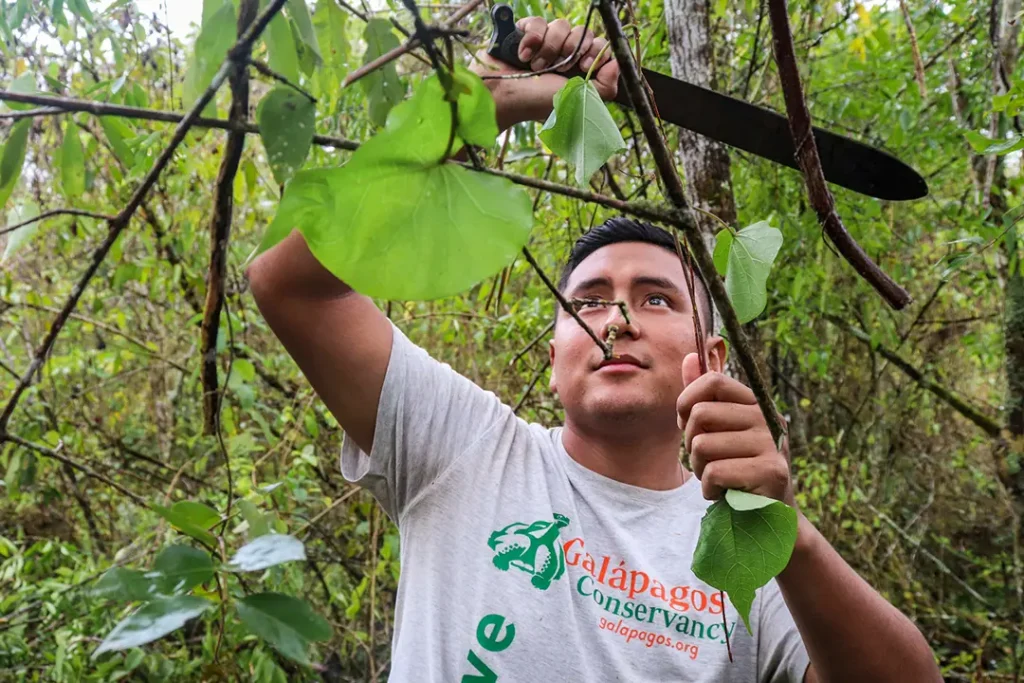
At Galápagos Conservancy, we are deeply committed to preserving the unique biodiversity of the archipelago. To achieve this mission, we closely collaborate with the Galápagos National Park Directorate and the local community on several key projects addressing urgent conservation needs. Recently, we visited Isabela Island to assess the progress and achievements of our partnership as well as to strategize for the next phases of our efforts.
Protection and Restoration of the Heart-leafed Scalesia Forests
During our visit, we conducted a thorough inspection of the Galápagos National Park’s Forest Nursery, which has been completely revitalized. This nursery now plays a vital role in producing thousands of seedlings for restoring the heart-leafed Scalesia (Scalesia cordata) forests on southern Isabela Island, the only place in the world where this species exists. Revitalizing the nursery was accompanied by retrofitting an adjacent housing facility which provides park rangers, scientists, and volunteers a safe, dry place to remain on-site for continuous monitoring and propagation of the heart-leafed Scalesia.
This beautiful tree once manifested all over the Sierra Negra and Cerro Azul volcanoes that form southern Isabela Island, but it is now almost extinct. The nursery, now brimming with young heart-leafed Scalesia seedlings, stands as a powerful symbol of hope for the forests of Galápagos. The growth of these plants clearly demonstrates that our restoration efforts are yielding positive results, promising a brighter future for the heart-leafed Scalesia and, moreover, the vast unique ecosystem it once formed the heart of.
Improvements at the Tortoise Breeding Center
Our team visited the Arnaldo Tupiza Chamaidan Tortoise Breeding Center in Puerto Villamil, where giant tortoises are bred for reintroduction into their natural habitats mostly on southern Isabela Island. During our visit, we evaluated the performance of the state-of-the-art tortoise egg incubators Galápagos Conservancy provided, which all continue to work flawlessly and generate hundreds of tortoise hatchlings each year. We also examined the infrastructure of the center, and identified urgent repairs needed for the roof as well as necessary upgrades to the facility’s electrical system. These improvements, expected to be funded by our efforts, will ensure that the center remains a safe and efficient space for the propagation of the two species of giant tortoises of southern Isabela Island.
Ongoing Collaboration for Conservation

Projects such as the restoration of the Scalesia forests and the captive breeding of giant tortoises are made possible through the collective efforts of Galápagos Conservancy and the Galápagos National Park Directorate. Together, we strive not only to protect endangered species but to restore the vital ecosystems they call home.
Our director, Dr. Washington Tapia, emphasizes, “Collaboration is essential for the success of our initiatives. By working closely with the Galápagos National Park Directorate, we ensure a future where the conservation of nature and the well-being of people go hand in hand.”
We take great pride in our collaboration with park rangers and value the support from individuals dedicated to Galápagos conservation. The donations we receive are crucial for continuing projects like those on Isabela, guaranteeing that these efforts make a direct impact on protecting this fragile natural heritage. With your help, Galápagos will continue to exemplify how conservation can benefit both nature and the communities that depend on it.

